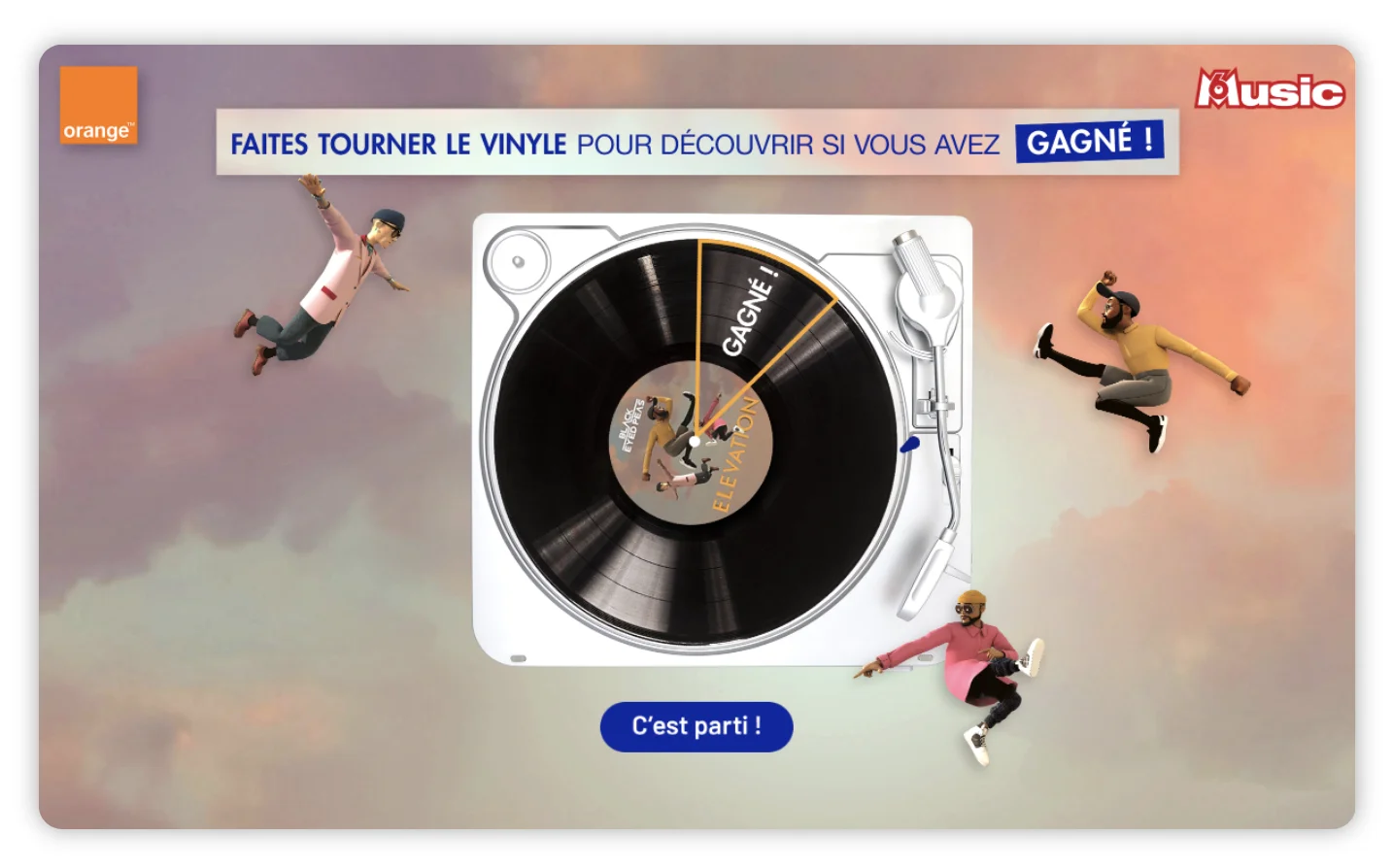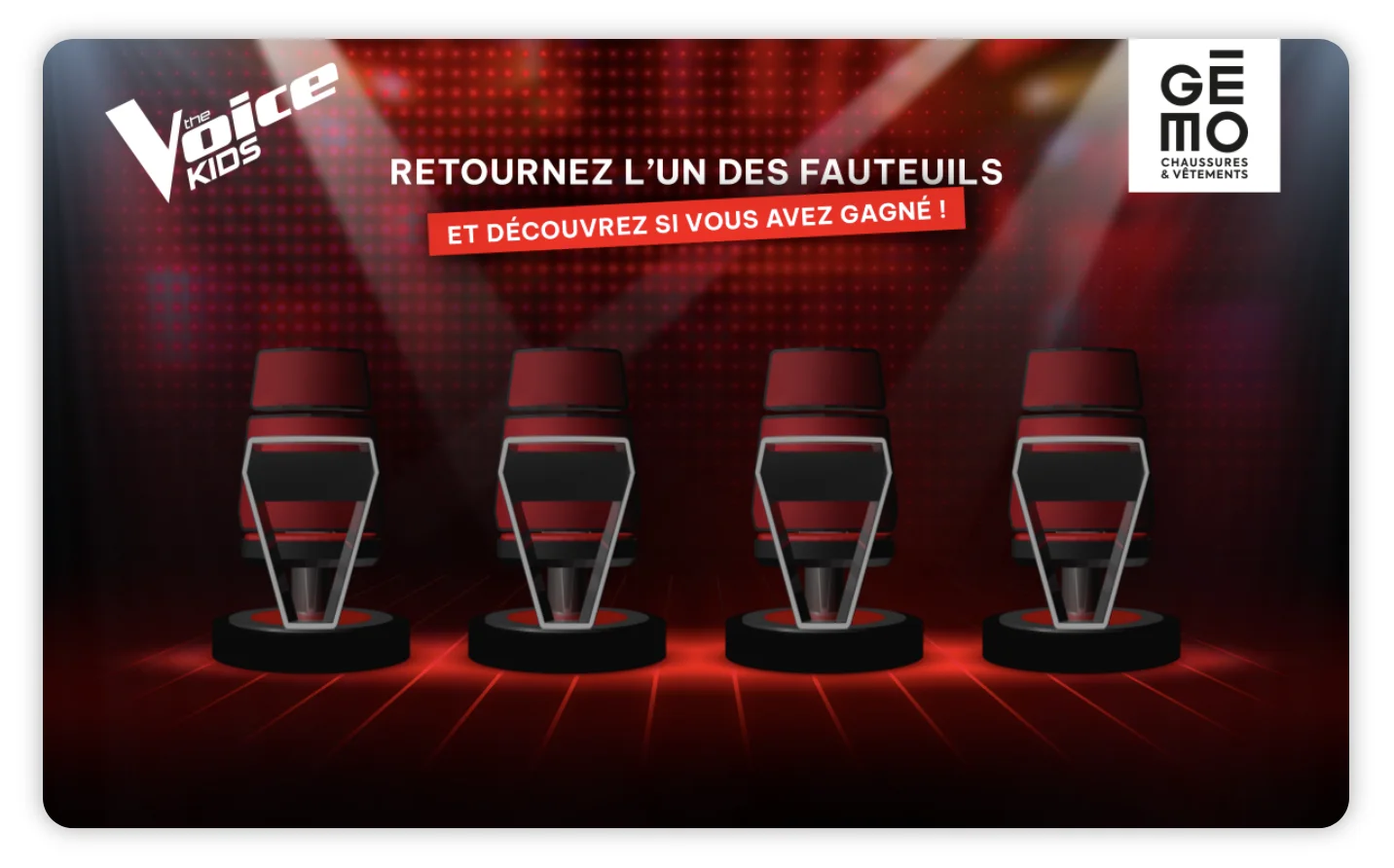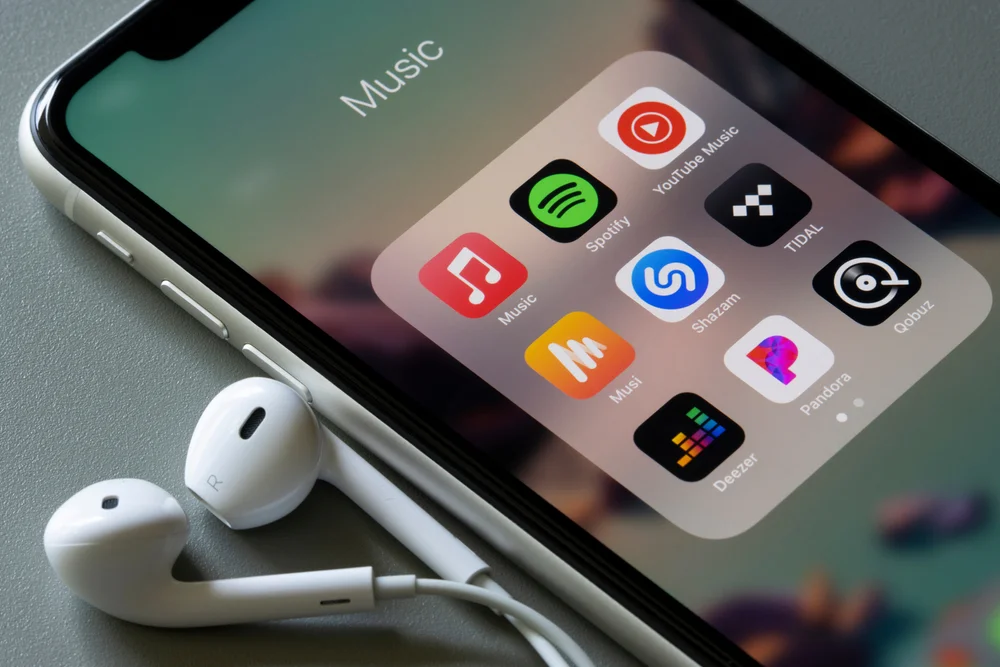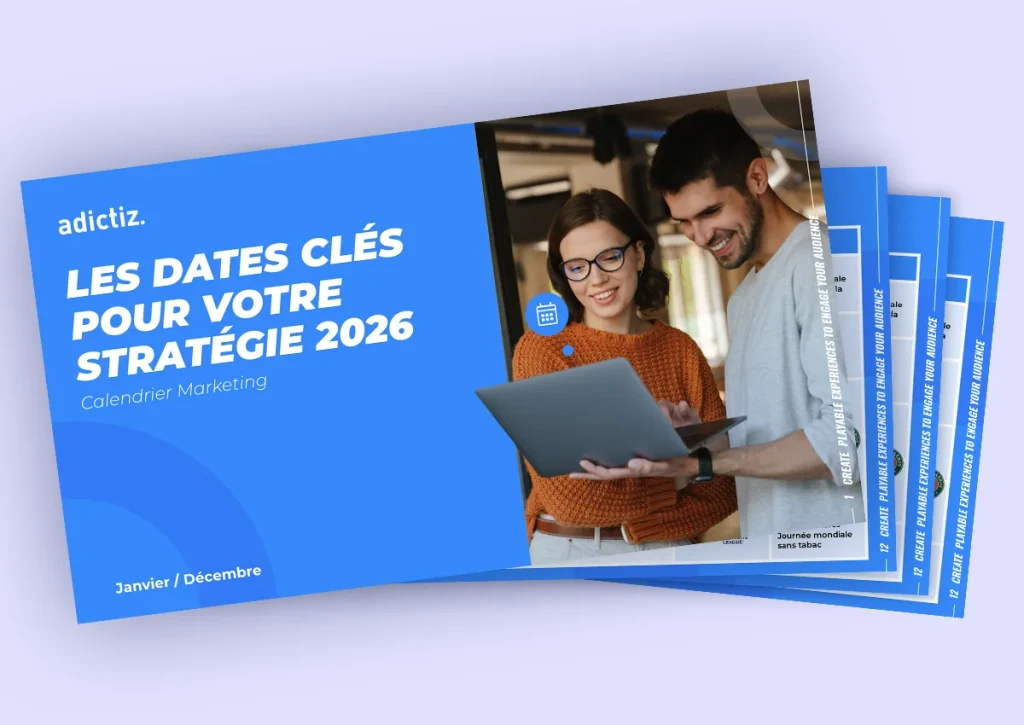The music industry in France generated €920 million in revenue last year, driven by streaming, which accounts for nearly 80% of the market’s income.
Streaming platforms, social media trends, new consumers habits and the eventisation of tours… In this landscape, traditional marketing mechanisms are showing their limitations. To promote a musical project, boost an artist’s profile or connect with audiences, it is becoming essential to explore new avenues.
Gamification is establishing itself as a strategic promotional tool. Immersive, customisable and interactive, it engages fans at every stage of the project: teasing a release, activating a fanbase or boosting sales.
This article sheds light on the uses of music marketing through gamification. Concrete advice, use cases and best practices will help you imagine impactful campaigns.
The challenges of music marketing
The music industry is undergoing a transformation driven by changing consumer habits. Streaming dominates the market with its own performance metrics, which differ from those of the record industry. Editorial playlists are becoming drivers of visibility, but access to them remain uncertain.
In this context, the market is saturated. Every day, 49,000 new tracks are added to Spotify. Profiles emerge via social media, competitions or other industries (cinema, reality TV). As a result, artists must capture the attention of volatile, highly sought-after audiences.
Expectations are changing. Storytelling is becoming central. Fans no longer follow a voice or a style, but an identity, a story. Concept albums, documentaries and controversies about authenticity (through accusations of industry plant) reinforce the need for a sincere connection.
Finally, the financial situation is becoming increasingly complex for those involved in music marketing. Monetisation through streaming remains limited. It is necessary to explore other avenues, such as brand partnerships, merchandising, and placements in music videos.
How gamification in music marketing helps engage audiences better
Gamification involves incorporating game mechanics into campaigns to stimulate interaction and engagement. In the music industry, it can transform a promotional moment into an interactive experience. Contests, quizzes, challenges and treasure hunts reinforce attention, extend exposure time to a project and create a bond with fan communities.
1. Teaser for a new musical project
The teaser phase is crucial in preparing for the release of an album or single. In a highly competitive environment, capturing the public’s attention ahead of time helps generate a spike in interest right from the launch. Gamification transforms this anticipation into an active experience.
For the release of her album Nonante-Cinq in 2021, Angèle shared clues and coded visuals on her social media accounts, sparking engagement from her community through collective interpretations. This strategy helped maintain fan interest and strengthen their attachment to the artist’s visual and musical universe.
Best practices for music marketing:
- Focus on interactive mechanics suited to teasing: a hunt for clues across different channels (website, social media, clips) to guess the album title or find Hidden Objects in an album sleeve.
- Build a narrative around the game, linked to the universe or message of the project
- Reward participants with exclusive content or priority access to the future album.
- Increase the number of entry points (social media, ad campaigns, label website) to attract different segments.
2. Promoting a music release
The release of a single or album requires maximum visibility from day one to boost its visibility on streaming platforms. Gamification can help create an experience around the launch, while encouraging people to discover the project.
A playable marketing format fits perfectly with this type of campaign. By offering a fun game (such as a Memory game or Interactive Quiz) before redirecting users to Spotify, Deezer or Apple Music, this approach increases the chances of people listening to the music.
Example: The band Coldplay incorporated a mini-game into its Music of the Spheres launch campaign, allowing fans to immerse themselves in the world of the project before being redirected to streaming platforms.
Best practices for music marketing:
- Adapt the design and tone of the game to the aesthetic of the music game.
- Include a link to streaming platforms at the end of the journey to boost streams.
- Add a reward (such as exclusive content) to increase participation and engagement rates.
3. Engage audiences before, during and after a concert at the festival
Gamification can be a powerful tool to use during a music event such as a concert or festival. Before the event, organisers and artists can spark curiosity and manage expectations with attractive competitions.
Example: During the Black Eyed Peas tour, a campaign launched by orange and M6 Music offered a vinyl-shaped Wheel of Fortune to win tickets. This immersive mechanism engaged fans before the concerts.
During the event, wait marketing can be used to entertain spectators before the concert starts via QR codes displayed on screens or physical media (totems, wristbands). these fun activities – quizzes, logo hunts, prize draws – enhance the experience and prolong interaction.
After the event, a photo contest can reignite engagement by encouraging user-generated content (UGC). Participants are invited to share their memories of the concert to win products or backstage access at the event.
Best practices for music marketing:
- Adapt the mechanics to the location and timing (queue, exit pause).
- Careful design immerses visitors in the artist’s world and prolongs the experience.
- Share the event on social media to engage fans who couldn’t make it.

4. Associating a artist’s image with that of a brand: the co-branding strategy
In a context where artists and brands share common areas of expression (values, lifestyle, audience), co-branding is becoming a win-win strategy. Brands have every interest in associating themselves with the launch of a project that allows them to strengthen their image and increase their visibility. For their part, artists benefit from the logistical, financial and promotional support of brands. This amplifies the reach of their work. Gamification reinforces this synergy by making the collaboration interactive, thereby promoting engagement and loyalty to all parties.
Example: To support its partnership with The Voice, the ready-to-wear brand Gémo launched a game campaign modelled on the TV show. The aim was to engage a young, connected audience while strengthening the brand’s image. The fun format increased traffic, generated leads and associated the brand with a popular entertainment event.
Best practices for music marketing:
- Aligh the aesthetic codes of the campaign with the artist’s and brand’s universe
- Provide prizes that are consistent with the target audience’s expectations (collector’s items, VIP access, meet-and-greets, etc.).
- Optimise the campaign’s reach by integrating it into the channels where each party is present (social media, website, email marketing, etc.).

5. Build long-term audience loyalty
Between albums and tours, maintaining a connection with your audience becomes crucial. Gamification allows you to keep your community engaged by offering regular points of contact.
Formats such as quizzes about the artist’s career, surveys, and games can be used to engage the community and strenghten their sense of belonging. Fans can be involved in artistic decisions through voting mechanisms: choosing the cover art for a single, selecting the title of a project, or picking songs for a setlist.
A relevant example of co-creation in the lusic industry is Coldpaly’s initiative with their project A Film For The Future, accompanying the release of the album Moon Music. In collaboration with Microsoft, the band allowed their fans to create remixes of their tracks using artificial intelligence. This approach transformed listeners into co-creators, strenghtening engagement and loyalty while exploring new forms of musical interaction.
Conclusion
Music marketing has been evolving in recent years. To meet audience expectations (communication, proximity, participation), industry players can rely on the interactivity of gamification. Boost the visibility and desirability of your music campaigns with our fun, easy-to-customise games!






